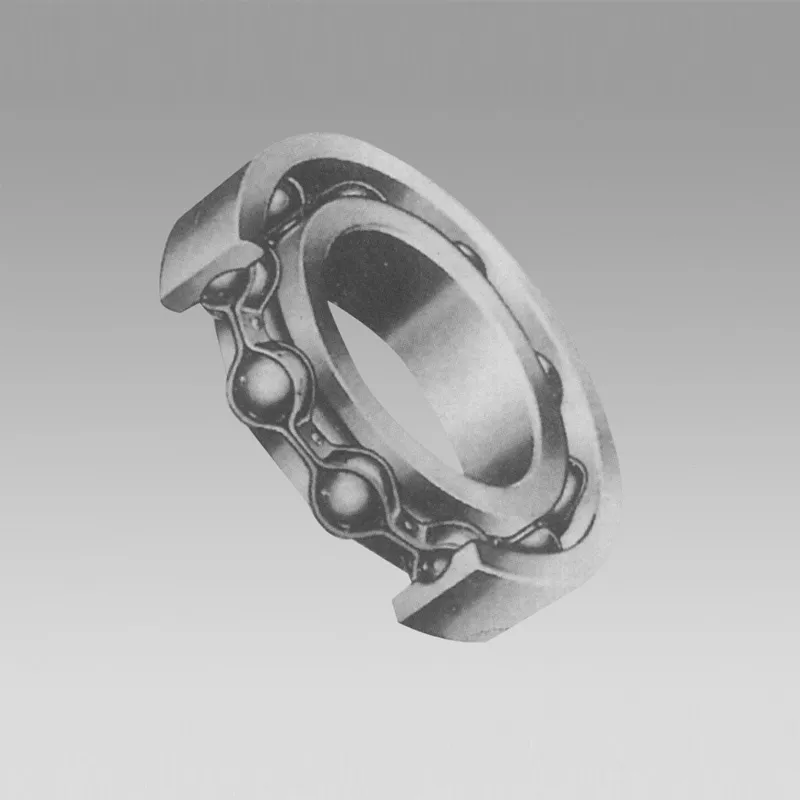
Nov . 24, 2024 18:38 Back to list
Understanding Bearing Thrust and Its Impact on Machinery Performance
Understanding Bearing Thrust Importance and Applications in Engineering
In the realm of mechanical engineering, bearings are crucial components that allow for the smooth motion between stationary and moving parts of machinery. A particular aspect of bearing performance that warrants our attention is bearing thrust. Thrust, in the context of bearings, refers to the force acting parallel to the axis of the shaft. This force can significantly impact the performance and lifespan of the bearing. In this article, we will explore the concept of bearing thrust, its significance, and its applications in various engineering fields.
What is Bearing Thrust?
Bearing thrust occurs when there is axial load applied to a bearing. Unlike radial load, which acts perpendicular to the shaft, axial load contributes to thrust. It is essential to distinguish between these two types of forces because they require different designs and considerations for effective bearing performance. Bearings that are engineered to accommodate thrust loads are known as thrust bearings, which are specifically designed to bear axial loads while maintaining frictional resistance at a minimum.
Types of Bearings and Thrust Loads
There are several types of bearings designed to handle thrust loads effectively. Thrust ball bearings and thrust roller bearings are two common examples. Thrust ball bearings consist of balls that provide low friction and can accommodate moderate axial loads in one direction. On the other hand, thrust roller bearings, which use cylindrical rollers, can handle higher loads and are more suited for applications requiring significant thrust capacity.
These thrust bearings have a unique design that allows them to manage the various forces acting upon them. Their surfaces are specially treated to reduce friction and wear, ensuring longevity and efficiency in operation.
Importance of Bearing Thrust in Engineering
bearing thrust

Understanding bearing thrust is vital for several reasons. Firstly, the ability to accurately assess thrust loads allows engineers to select the appropriate bearing type for a specific application, ensuring operational efficiency and safety. An under-rated bearing may fail under excessive thrust loads, leading to costly downtime and potential damage to machinery. Conversely, an over-rated bearing can lead to unnecessary expenses due to component over-engineering.
Furthermore, analyzing thrust loads is essential in dynamic systems, where forces change rapidly. For instance, in rotating machinery such as turbines or electric motors, engineers must carefully calculate thrust to ensure that components can handle these variations without compromising performance.
Applications in Various Industries
Bearing thrust plays a pivotal role in numerous industries. In automotive engineering, for example, thrust bearings are integral in gearboxes and transmissions, where they support axial loads generated during the operation of the vehicle. In aerospace engineering, thrust bearings are critical components in jet engines, helping to support the rotor assemblies and manage the immense thrust generated during flight.
In industrial machinery, such as conveyors and pumps, thrust bearings allow for the smooth operation of moving parts, reducing wear and enhancing performance. Furthermore, in construction equipment, proper management of thrust loads ensures that heavy machinery operates safely and efficiently, preventing mechanical failures that can lead to accidents.
Conclusion
Bearing thrust, while often an overlooked aspect of bearing design, is crucial for the efficiency and reliability of mechanical systems. With the right knowledge and understanding of thrust loads, engineers can optimize machinery for performance and durability. By selecting the appropriate bearings and ensuring they are capable of handling the expected thrust, industries can enhance productivity and safety across various applications. As technology progresses, the demands placed upon bearings will continue to evolve, making it essential for engineers to remain informed about the principles governing bearing thrust and its practical implications.
Latest news
-
Premium Deep Groove Ball Bearings | High Speed & Reliability
NewsAug.29,2025
-
Durable Scaffolding Clamps - Secure & Reliable Tube Connectors
NewsAug.28,2025
-
Common Failures in Thrust Ball Bearings and Solutions
NewsAug.22,2025
-
How Tapered Roller Bearings Can Take Shock Loads
NewsAug.22,2025
-
Angular Bearings in High-Precision Spindles
NewsAug.22,2025
-
The Impact of Misalignment on Cylindrical Roller Bearing Performance
NewsAug.22,2025
